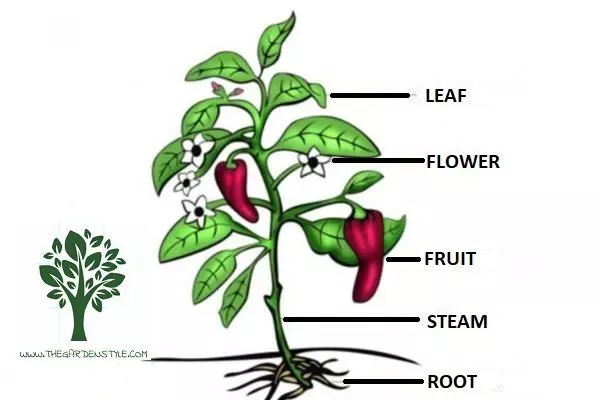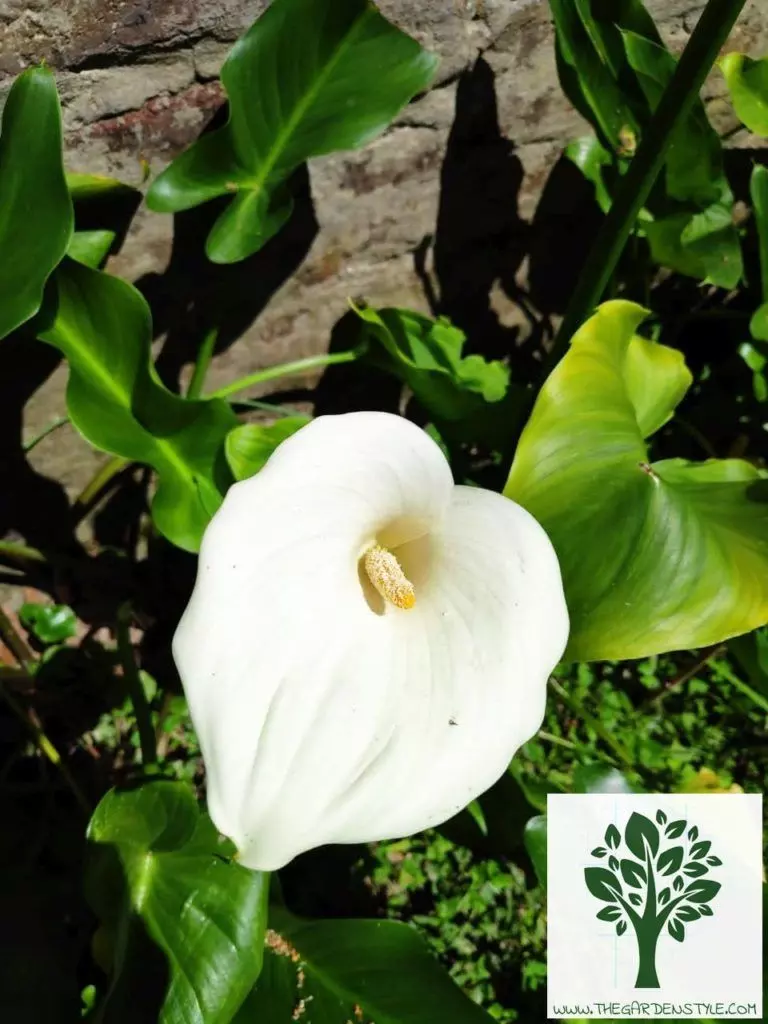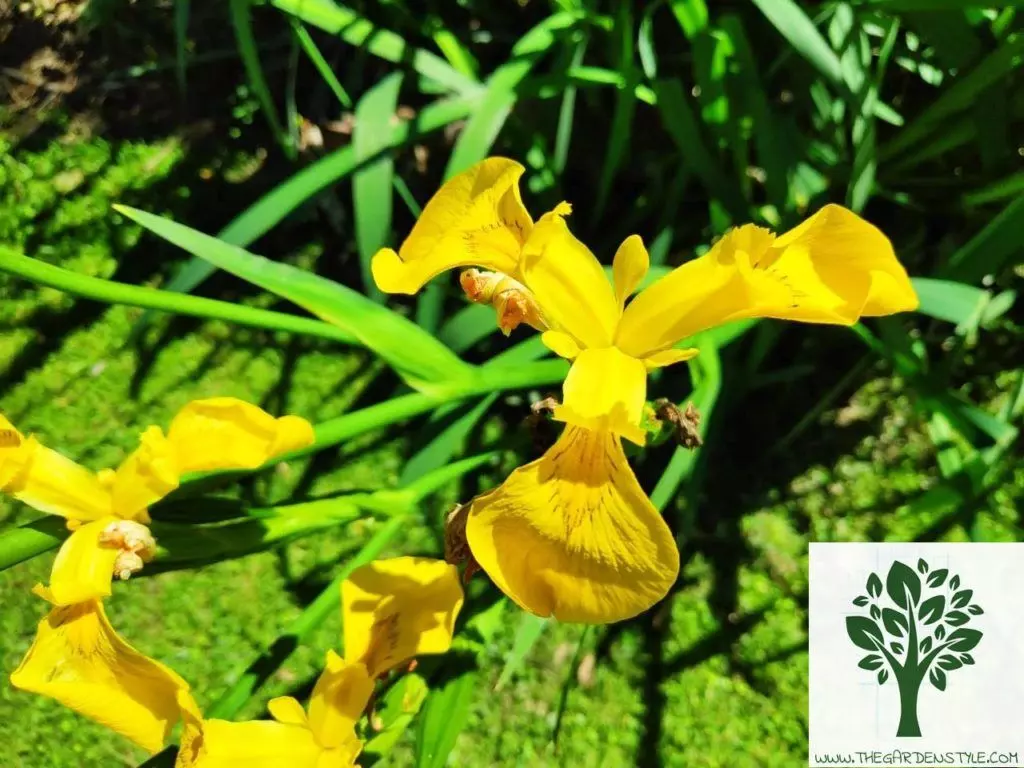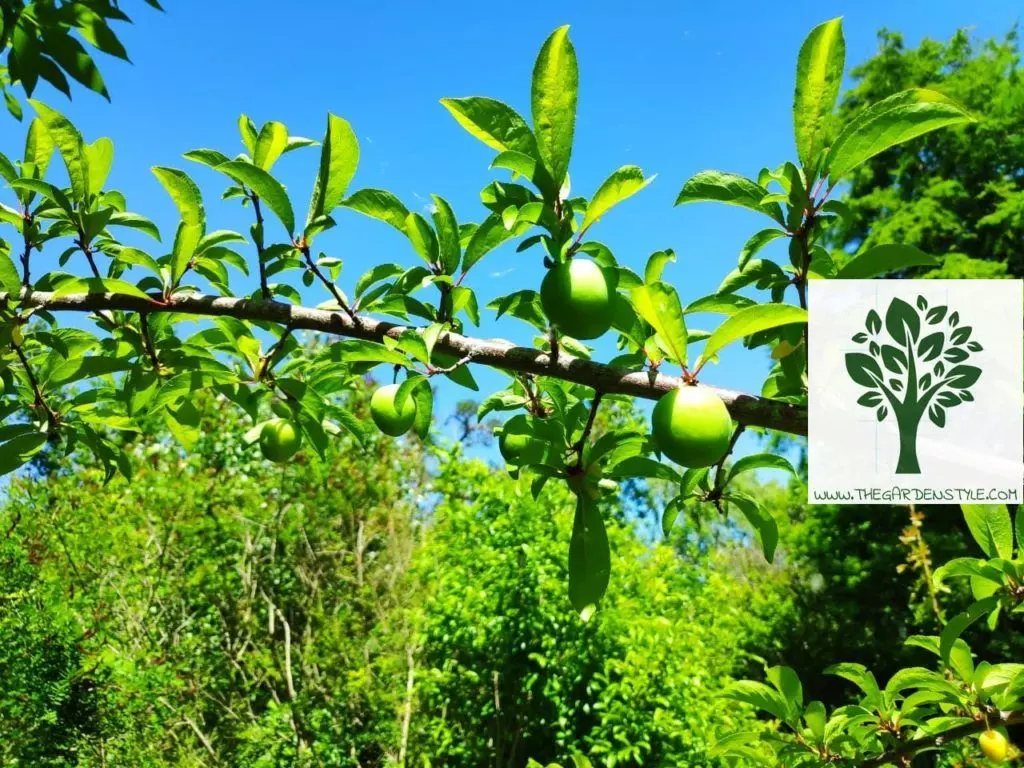Are you wondering what vascular plants are? The answer to this question, and much more information about it, can be found in this simple post in which we explain everything you need to know about this type of plant.
You will discover that you already knew more about them than you thought and you will be able to learn more about their main characteristics and their differences.
Table of Contents
What are Vascular Plants?
Vascular plants, also known as tracheophytes or cormophytes, belong to the Tracheophyta group. The main characteristic of these plants is that they have tissues that conduct fluids through the plant and others that provide support to allow them to achieve great development individually. The vascular plants are also named, in a general way, as superior plants.
In general, we can say that vascular plants are all those that have certain parts in a differentiated way. These are the main parts:
Root.
Stem.
Leaves.
Flowers.
Therefore, as you can see, most of the plants you know are within this classification.

Characteristics of Vascular Plants
1- All vascular plants have roots, usually a subway, an aerial stem, and leaves.
2- The tissues through which circulate nutrients, mineral salts, and water needed for the development of vascular plants are distributed throughout the structure of these.
3- Due to these vascular tissues, these plants do not need a very specific environment to grow, which means that this can vary in certain ranges.
4- The vascular tissues are composed of xylem and phloem. The xylem is responsible for conducting the water and mineral salts collected from the soil to carry them to the leaves, while the phloem is responsible for transporting the synthesized food to all parts of the plant.
5- In addition to the conductive or vascular tissues, the vascular plants also have structures to support this network of conductive vessels as well as the rest of the plant. Therefore, they manage to reach a larger size than non-vascular plants.
6- Vascular plants have a unique anatomy that does not exist in other less evolved organisms of the plant kingdom. This is the case with the cuticle, which is an external layer with a protective function, and the stomata, organs that are indispensable for the exchange of gas.
7- Vascular plants are almost 400 million years old. Numerous studies place their genesis in the Silurian and Devonian periods.

Examples of Vascular Plants
Next, we want to show you some examples to make it much easier for you to know which are the vascular plants around you and, thus, expand your general knowledge about botany. We have made a simple classification that includes examples of vascular plants easy to recognize or common use in parks and gardens.
Pteridophytes or filicinae
The plants belonging to the Pteridophytes group were the first vascular plants. They do not produce flowers, so they reproduce with spores and need humid climates to grow and reproduce. To this group belong mainly the ferns. Here are some examples:
Horsetail.
Feathery fern.
Tree ferns.
Holly fern.
Angiosperms
Plants belonging to the group of angiosperms are vascular plants whose reproductive system is protected. They have true flowers and produce fruits and seeds. They are classified into monocotyledonous and dicotyledonous and here we mention some examples:
Monocotyledonous vascular plants: maple, bougainvillea, gladiolus and tulip.

Dicotyledonous vascular plants: carob tree, apple tree, orange tree, silk floss tree, and tobacco.

Gymnosperms
Plants belonging to the group of gymnosperms produce real flowers that are not protected and whose seeds usually have a “wing”, called samara, with which they can disperse thanks to the action of the wind.
Cypress
Juniper
Pine
Redwood
Yew
Difference Between Vascular and Non-Vascular Plants
These are the main differences between vascular and non-vascular plants:
1- The major difference between vascular and non-vascular plants lies in the presence of stem, leaves, flowers, and fruits in the case of vascular plants.
2- Because of this, only vascular plants are the main source of food for the vast majority of living beings, while non-vascular plants have the main function of regulating environmental moisture.
3-Non-vascular plants, not producing seeds, only reproduce by spores in favorable conditions.
4- Also, in the case of non-vascular plants are species that do not stand out for their size or color, because they are usually small and bright green.
5- The vascular, however, represent most of the species we know as common plants, such as trees, shrubs, and herbaceous.
